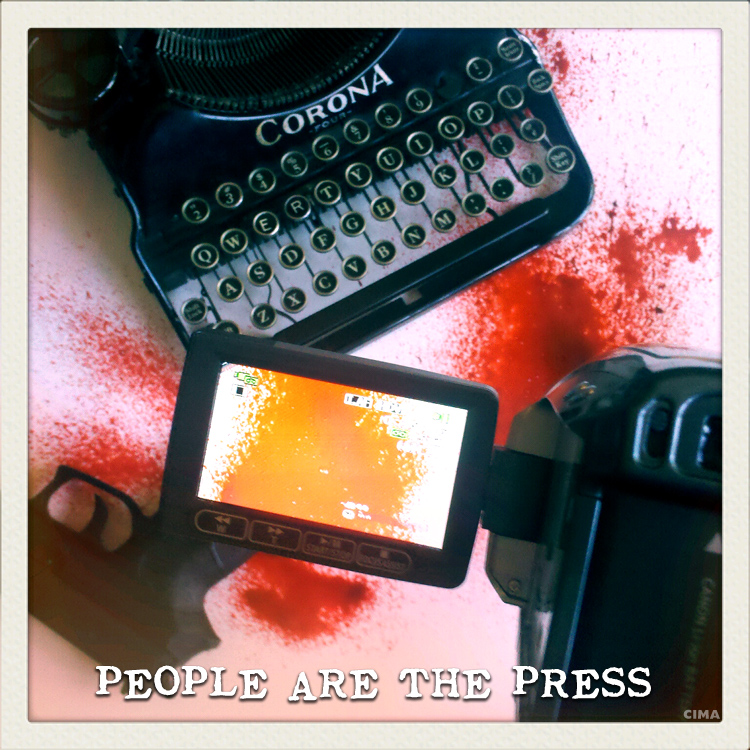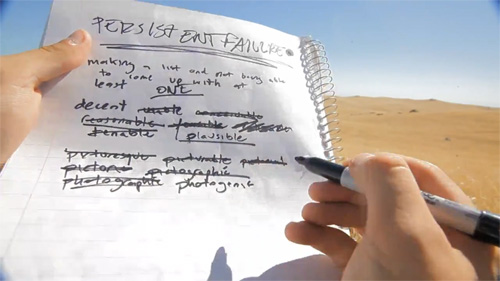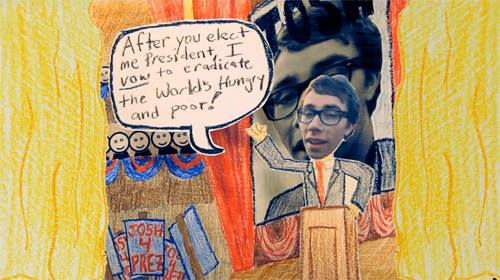A group of at least six Fullerton, California police officers brutally beat an ill homeless man to death on July 5th, according to witnesses and news reports. The story is exploding across the national news media because of some video that shows witnesses at the scene of the beating talking about what they saw moments before. They describe a group of officers stomping and beating a helpless Kelly Thomas to death as he screamed for help. Here is an extremely graphic close up picture of what these police did to the head of their victim. This was an extremely brutal and extended crime in which a human being was beaten into a pulp by sociopathic murderers.
When a small police force in a small Southern California city can put six murderous cops on scene at one time you know you have a real statistical problem. In other words, you can bet your life that you have a police department that is a very clear and present threat to the lives of the citizens.
The FBI has now joined the investigation and will probably extend its inquiries deep inside the Fullerton department. What they will find there one can already guess at.
The story has reached the national news. I saw Brian Williams do a story on it tonight. In that story, the mayor of Fullerton says he thinks people should calm down because things are reaching almost ‘lynch mob’ proportions. Oh yuh think? Really? And how does the mayor of Fullerton think people should react to a group of brutal thug cops murdering a helpless man? Does he think they should allow a Fullerton court to handle the situation? Cops murder people and nothing happens. It’s common. Courts have serious problems handling cops who murder. They simply can’t deal with the problem.
In Syria, government forces – cops and soldiers – are shooting and beating people to death every day. We have no problem when the Syrian people pick up guns and shoot those cops. Why should we object to the citizens of Fullerton fighting back against an armed force of violent murderers? There’s absolutely no reason to trust a cop in Fullerton. The city is just a few miles south of downtown Los Angeles, right off an exit on the Five freeway. You certainly don’t want to get pulled over by these guys. I’d approach a Fullerton cop with extreme caution and preferably with a gun in my hand (I obviously mean that as a general attitude and not as an actual course of action!).
Shooting cops who are murdering someone is legal, by the way. Another cop can do it. A citizen can do it. It may be a very risky proposition and I would certainly not recommend it, but it is just as legal as shooting a regular citizen if one sees that a murder is imminent. Quite simply, it is always legal to prevent a murder through any means necessary. It would have been perfectly legal for someone to have walked up and done something to those Fullerton cops while they were committing murder. Remember that. It’s actually a prediction.
For now, we have citizens using the power of the cell phone camera to shoot cops who are committing crimes and atrocities. Those cameras in the hands of people everywhere need to roll every time someone sees a cop beating or killing someone. But beyond that, there is a serious argument to be made for armed confrontation against a police force that is fielding dangerous killers. After all, you cannot deny the numbers. If multiple squad cars in Fullerton pull up to a scene and the accumulated force of cops on hand decide to beat a man to death, then you can safely assume that those cops represent the fundamental picture of that police force. At that point, the Fullerton police force becomes an armed group occupying a city. They can and should be resisted by every means available, legal and physical. People will start killing killer cops. It’s inevitable in a world where a cop can shoot a bullet through the back of an unarmed man on a subway platform in Oakland and get off in court with a relatively minor conviction. Cops carry guns. They are dangerous people. Their training is suspect. Their histories are often suspect. They become cops for reasons other than wanting to protect people. They should not be viewed with the respect generally afforded to them. They should be viewed with suspicion. They should be treated as potential threats.
Cops who kill are actually pretty easy to identify and find. They are also easy to destroy financially. The cops on scene at the killing on July 5th should spend the rest of their lives in jail and should lose their homes, their finances and everything else they may hold dear. Pro bono legal services to such ends should be provided to the family of the dead man by major law firms. One way or another, killer cops must be destroyed.
So, pigs of Fullerton, squeal for the camera!


